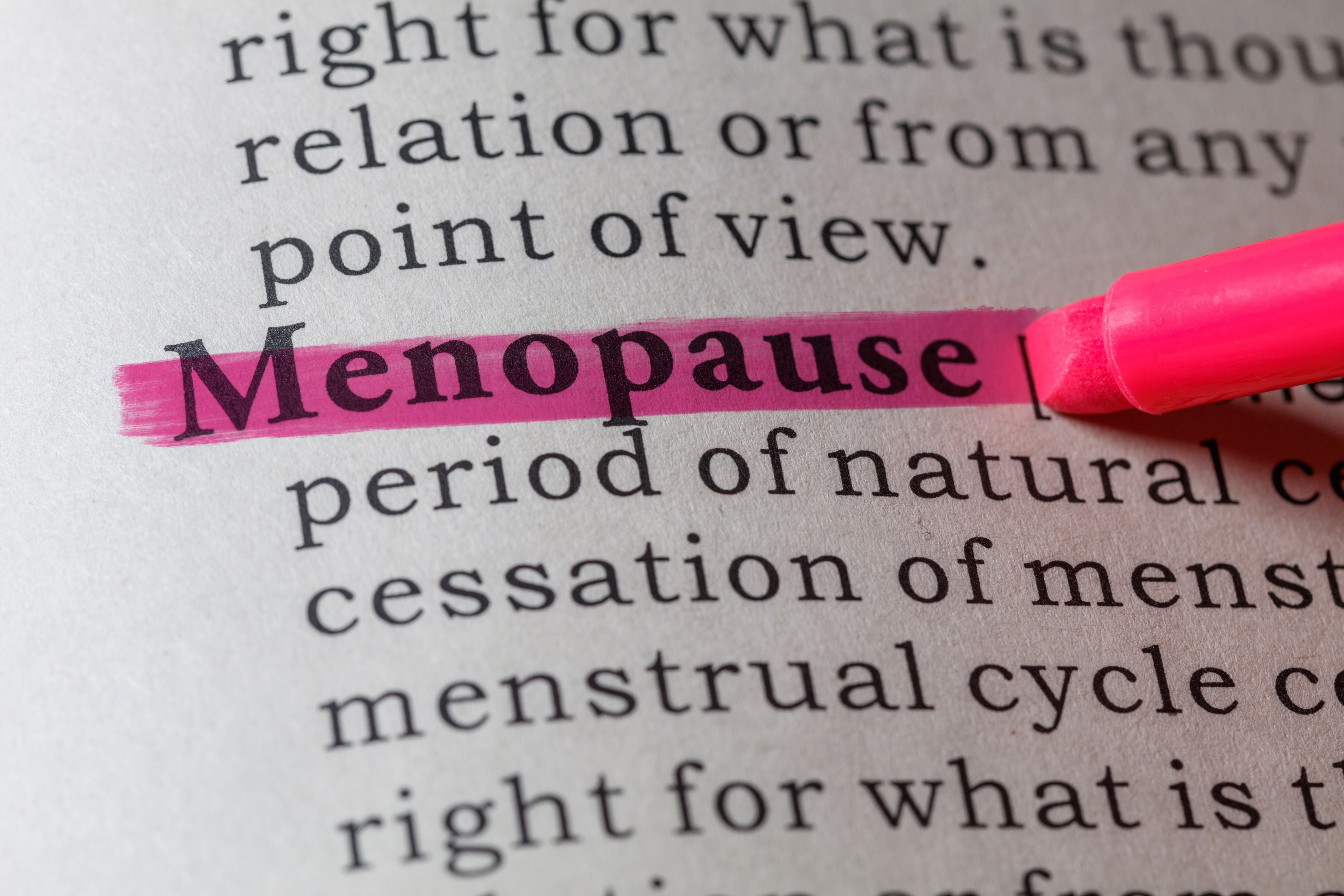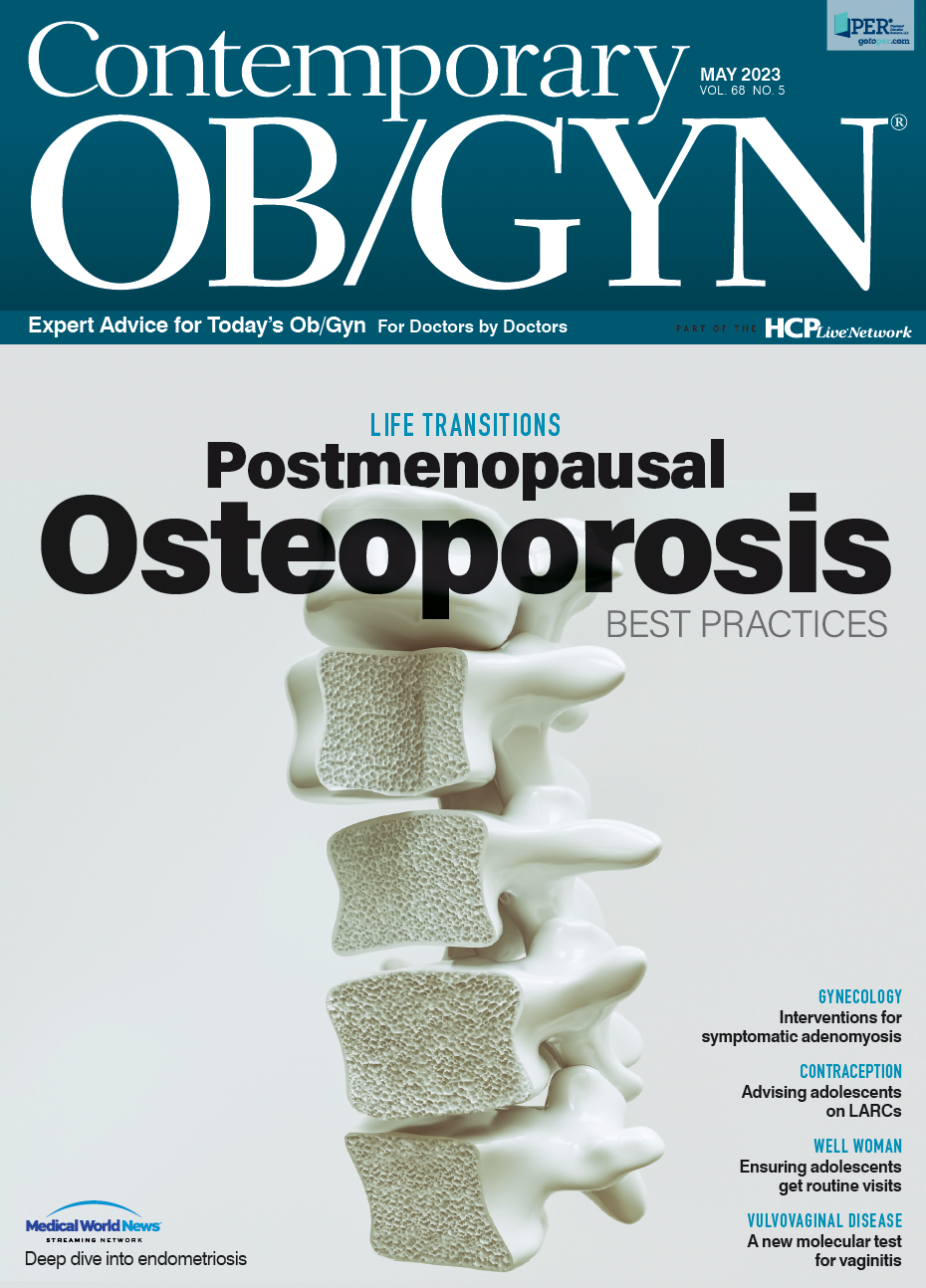Elinzanetant demonstrates rapid reduction in VMS frequency
In a recent study, menopausal vasomotor symptoms were successfully treated using the selective neurokinin-1,3 receptor antagonist elinzanetant (Bayer).
Elinzanetant demonstrates rapid reduction in VMS frequency | Image Credit: © Feng Yu - © Feng Yu - stock.adobe.com.

A dose-finding clinical trial of the selective neurokinin-1,3 receptor antagonist elinzanetant (Bayer) to treat menopausal vasomotor symptoms (VMS) found both 120-mg and 160-mg doses achieved significant and rapid reductions in VMS frequency vs placebo from week 1 through week 12 of treatment.
This phase 2b study, SWITCH-1 (NCT03596762), of elinzanetant, which is being developed by Bayer, was published in the journal Menopause.
“There is a need for safe and effective nonhormonal treatment of menopausal VMS,” said principal investigator James A. Simon, MD, a clinical professor of obstetrics and gynecology at George Washington University in Washington, DC. “Elinzanetant incorporates new knowledge about the protein kisspeptin, the peptide neurokinin B, and the opioid peptide dynorphin (KNDy) neuronal system for the benefit of patient care.”
The oral medication was previously evaluated in a phase 2a randomized, placebo-controlled, multiple ascending dose trial, RELENT-1 (NCT02865538), where it showed rapid and significant reductions in the frequency and severity of VMS.
SWITCH-1 was conducted at 25 sites in the United States, the United Kingdom, and Canada. In total, 199 postmenopausal women aged 40 to 65 years who experienced 7 or more moderate to severe VMS episodes per day were randomized to 1 of 5 groups for once daily dosing using an adaptive design algorithm: elinzanetant 40 mg (n=31), elinzanetant 80 mg (n=17), elinzanetant 120 mg (n=52), elinzanetant 160 mg (n=52), and placebo (n=47).
Compared with placebo, there were statistically significant and clinically relevant reductions in the mean daily frequency of moderate to severe VMS with elinzanetant 120 mg at week 4 (P<.001) and week 12 (P=.01). Improvements with elinzanetant 160 mg were significant at week 4 (P=.01) but not at week 12 (P=.13). Likewise, improvements with 40-mg and 80-mg elinzanetant were not statistically significant at either week.
However, statistically significant improvements in the mean daily frequency of moderate to severe VMS were attained by week 1 in the 120-mg (P=.008) and 160-mg (P = 0.01) elinzanetant groups.
Improvements tended to increase throughout treatment period and returned to near baseline at 4 weeks after treatment discontinuation.
Reductions in mean weekly severity of moderate to severe VMS followed a similar trend; however, reductions compared with placebo were significant only for elinzanetant 160 mg at week 12 (P =.048). Both 120-mg and 160-mg doses led to clinically meaningful improvements in measures of sleep and quality of life. In addition, all doses were well tolerated.
“I am not surprised by any of the findings,” Simon told Contemporary OB/GYN. “The mechanism of elinzanetant was previously known and had been tested for safety. The study design…[has] also [been] tried-and-true for a long time to test both hormonal and nonhormonal treatments.”
The antagonist activity of elinzanetant at the neurokinin 3 receptor as it relates to vasomotor symptoms and temperature control makes it an effective medication, according to Simon. “There is also a possible additional antagonism at the neurokinin 1 receptor. That activity has the potential…[for] an added beneficial effect on sleep, mood, and vascular reactivity, like sweating and flushing,” he said.
Pending approval by the FDA, “we will have an effective nonhormonal treatment of menopausal VMS for women who cannot or prefer not to take hormonal treatments for VMS,” said Simon, medical director of IntimMedicine Specialists in Washington, DC. “Women will have multiple choices for safe and effective treatment of the 3 most common symptoms of menopause: hot flushes, night sweats, and disturbed sleep.”
Disclosure:
Simon receives grant/research support from Bayer Healthcare and serves on several of the company’s consulting/advisory boards.
Reference
Simon JA, Anderson RA, Ballantyne E, et al. Efficacy and safety of elinzanetant, a selective neurokinin-1,3 receptor antagonist for vasomotor symptoms: a dose-finding clinical trial (SWITCH-1). Menopause. 2023;30(3):239-246. doi:10.1097/GME.0000000000002138

Low creatinine-to-cystatin C ratio linked to postmenopausal muscle loss
March 20th 2025A new study finds that postmenopausal women with a reduced creatinine-to-cystatin C ratio experience decreased muscle volume and slower walking speed, highlighting its role as a potential biomarker for muscle health.
Read More
Intentional weight loss linked to lower mortality in postmenopausal women
March 11th 2025A recent study shows that intentional weight loss significantly lowers all-cause, cancer, and cardiovascular mortality risks among postmenopausal women, highlighting the importance of targeted weight management.
Read More
